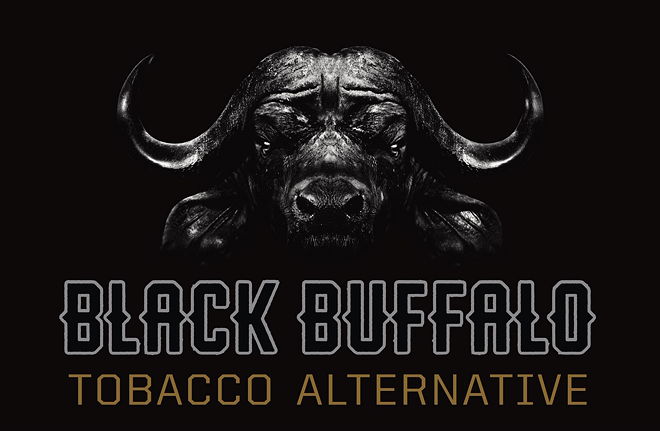Tobacco has a long and complicated history in the United States. It is one of the oldest industries that can be traced back to the Thirteen Colonies. Tobacco was frequently traded with Native Americans for other goods and services in times of scarcity. Many colonists also used tobacco as a currency to pay taxes, fines and fees for various civil licenses, such as marriage and birth certificates.
Although most tobacco products are used for smoking, many people have also used chewing tobacco over the years. Chewing tobacco became rather popular during the mid-1900s and continues to grow to this day. The global market for smokeless tobacco products was worth $13.6 billion in 2018. It is growing at an annual rate of 7.2%.
However, the market is clearly changing. It is important to understand long-term trends in the smokeless tobacco market and how they will inevitably shape its future.
History Of Chewing Tobacco In The United States
Chewing tobacco has been around for centuries. The Native Americans first shared it with European settlers during the beginning of the 16th century, around the time that Christopher Columbus arrived in the Bahamas.
However, it wasn’t until over 400 years later that chewing tobacco became more commercialized. The Red Man brand was launched in 1904. The origins of the name are not entirely clear but are believed to trace back to Native Americans that introduced chewing tobacco to Europeans.
Chewing tobacco remained a relatively niche market for the first half of the 20th century. Red Man only distributed its products to a small number of states in the Midwest until the 1950s.
Chewing tobacco started to become more popular as the health risks associated with cigarettes became more publicized. Two researchers from the American Cancer Association conducted the first major, peer-reviewed study on the dangers of cigarette use in the early 1950s. The concerns raised by the medical community appear to have played a significant role in driving people away from cigarettes towards smokeless tobacco products.
For the next 30 years, the market for chewing tobacco rose considerably. Many people believed that it was a much safer alternative to cigarettes.
Eventually, the FDA and other federal regulators forced chewing tobacco manufacturers to start warning consumers about the health risks the products posed. They could no longer get away with claiming that they were entirely safe alternatives to other tobacco products. Nevertheless, many people still see them as a safer option to this day.
State Of The Chewing Tobacco Market In 2020
Chewing tobacco consumption has been highly stable for the last 20 years. In 2002, around 3.3% of Americans over 12 years of age reported using smokeless tobacco products. This is exactly the same percentage of the population that reported using smokeless tobacco products in 2014.
Meanwhile, the market for other tobacco products has declined sharply. The portion of the population that smokes cigarettes has declined almost 70% since 1965. This suggests that concerns about the health risks of tobacco have not affected the tobacco dip market as much as cigarettes.
However, many people still recognize that chewing tobacco has its own health risks. This has encouraged many of them to seek tobacco free dip alternatives, such as those produced by Black Buffalo.
How Black Buffalo Is Changing The Future Of Smokeless Tobacco
Black Buffalo is a company that was launched in 2015. The founders enjoyed using chewing tobacco themselves but wanted to find a tobacco alternative. They had trouble finding any that compared to the quality of traditional chewing tobacco products, so they sought out to create their own.
They developed a great alternative. Black Buffalo’s dip was so high-quality that a tobacco farmer of 40 years couldn’t tell the difference.
Black Buffalo products are changing the industry forever. They are giving high-quality tobacco free chew alternatives to consumers all over the United States.
The company isn’t just disrupting the market by offering a new alternative. They are also able to create a consistent brand across the country and make sure their products are accessible to everybody. This is due to the fact that they are not subject to the same laws that affect regular tobacco companies, which vary considerably in every state. As a result, consumers in states with even the strictest anti-tobacco laws have access to a high-quality dip.
Black Buffalo may be changing the industry, but it is not abandoning the roots of America’s tobacco legacy. They still pay homage to the industry’s history and the Native Americans that introduced it to the United States.


